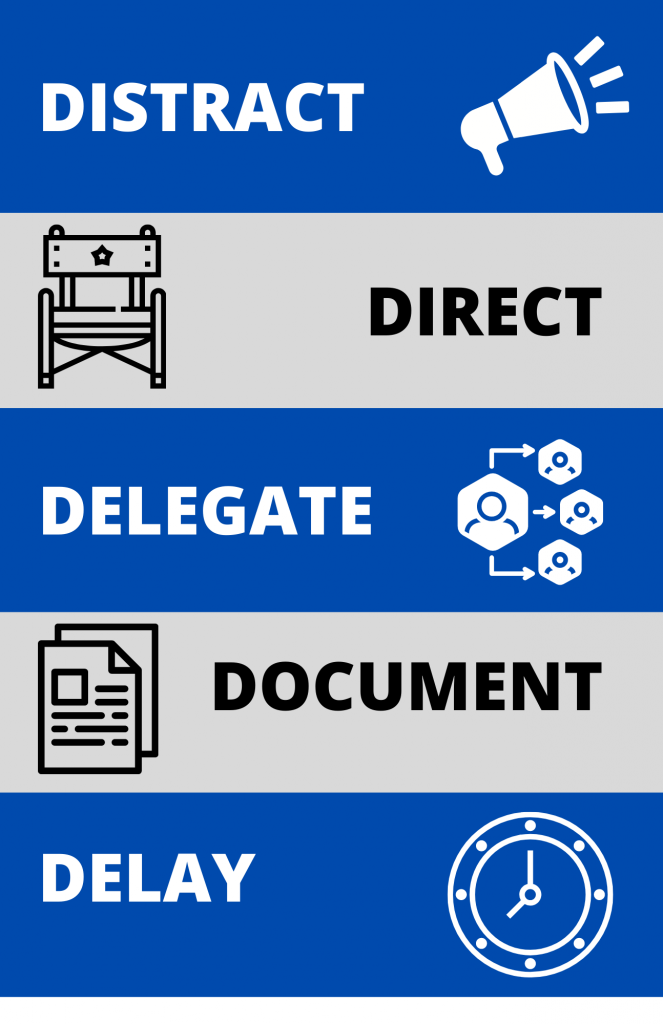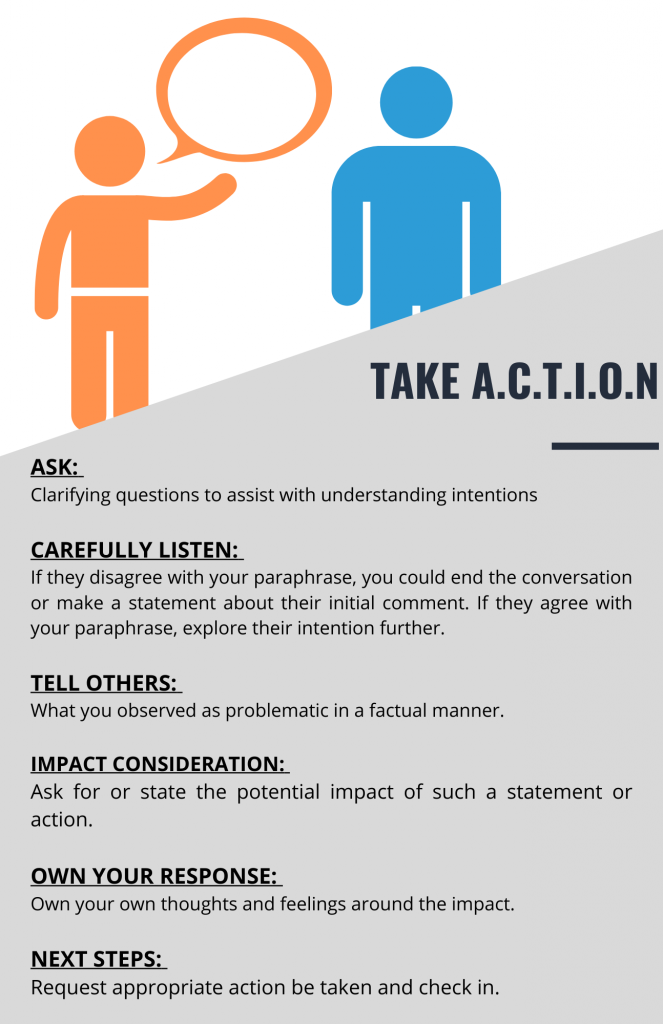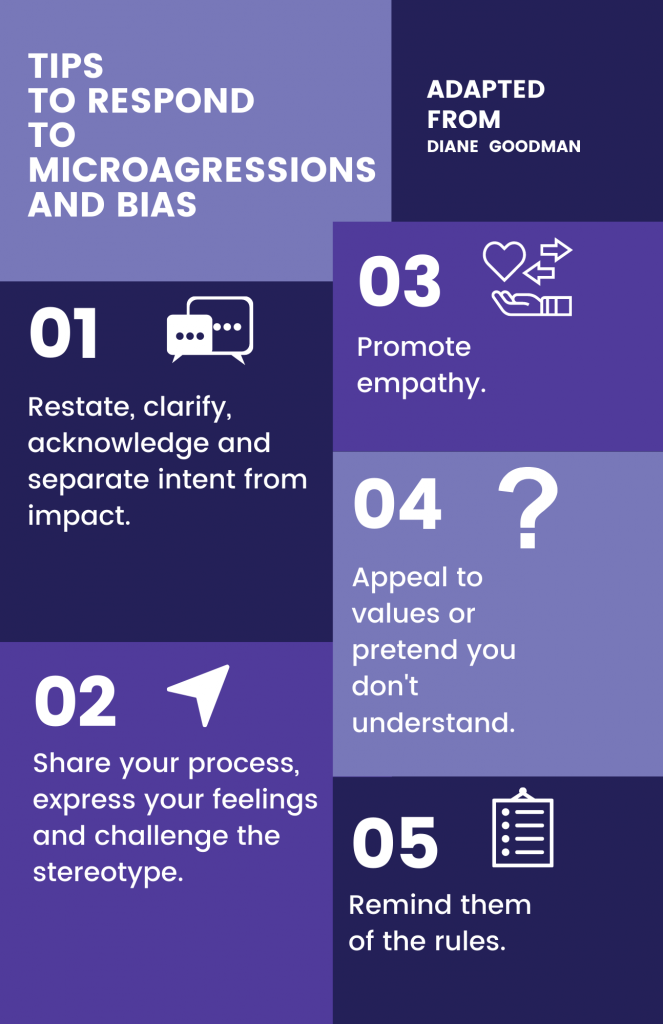Specialty Respect


“One element of the hidden curriculum, encompassing unwarranted, negative, and denigrating comments made by trainees and physicians about different specialties.” (Alston, 2019)
In the fall of 2020, we surveyed Georgetown medical school students about their knowledge of specialty disrespect and how it has personally affected them. 71 students responded.
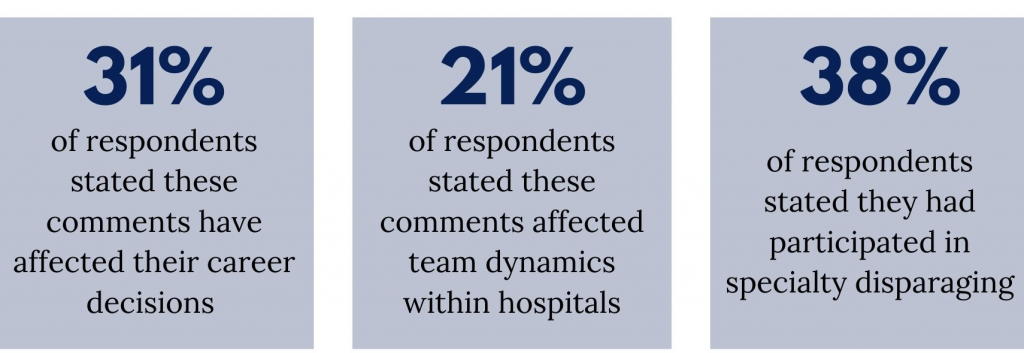

Microaggressions are brief and commonplace daily verbal, behavioral, or environmental indignities, whether intentional or unintentional, that communicate hostile, derogatory, or negative slights and insults (Sue et al., 2007)





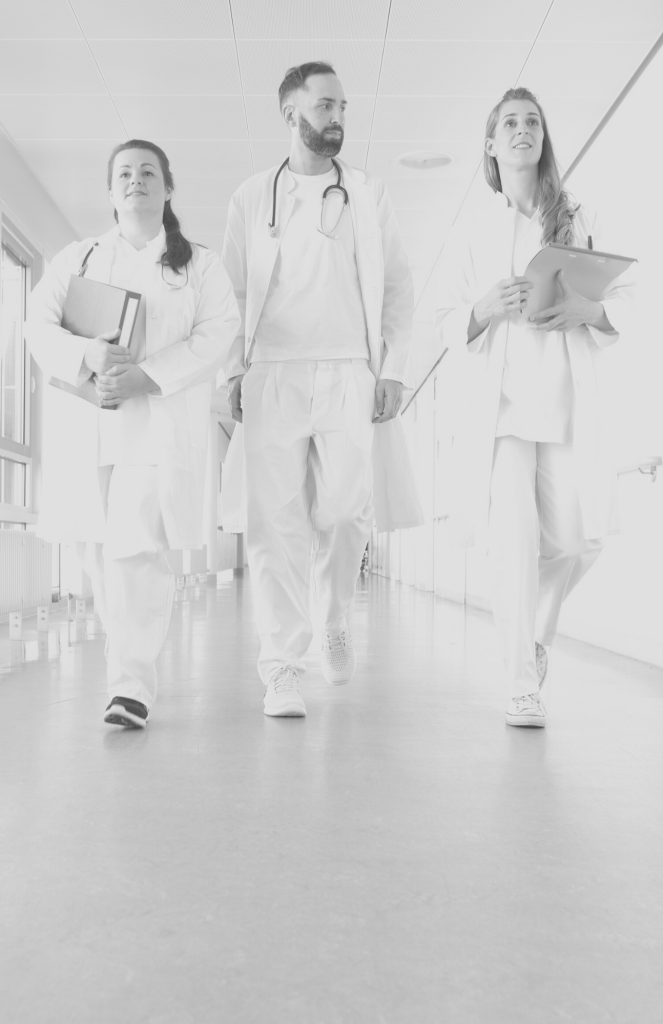







Specialty disrespect should not be minimized. Your words have real time consequences. Join us in signing the Specialty Respect Pledge, which recognizes your duty to create and sustain a culture of respect for all specialties.
Additional Resources
- AAMC Specialty Profiles
- SD Information Sheet
- Journal article: The Persistence of Specialty Disrespect
- Dr. Hart, Dr. Weinfeld, and Dr. Xerxeser’s presentation at Maryland Academy of Family Physicians
- Article: Disrespect within medicine for family doctors affects medical students and patients
- Calling a consult: Disrespect from specialists hurts patients
- When surgery becomes ‘women’s work’: the devaluation of gynecologic specialties
- Disrespect within medicine for family doctors affects medical students and patients
- Youtube Video: Doctor Stereotypes by Specialty
- Indiana University Specialty Fact Sheets
- UCLA: Myths about ER Doctors
- Stanford: Radiology-Common Myths
- Stop, Talk, and Roll
Webpage design by Samuel Chan, Betelhem Eshetu Yimer, Veda N, and Maya Shah






